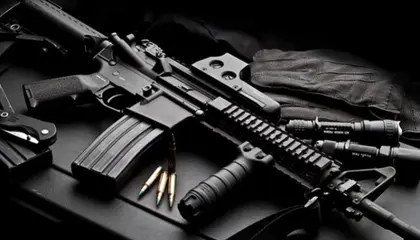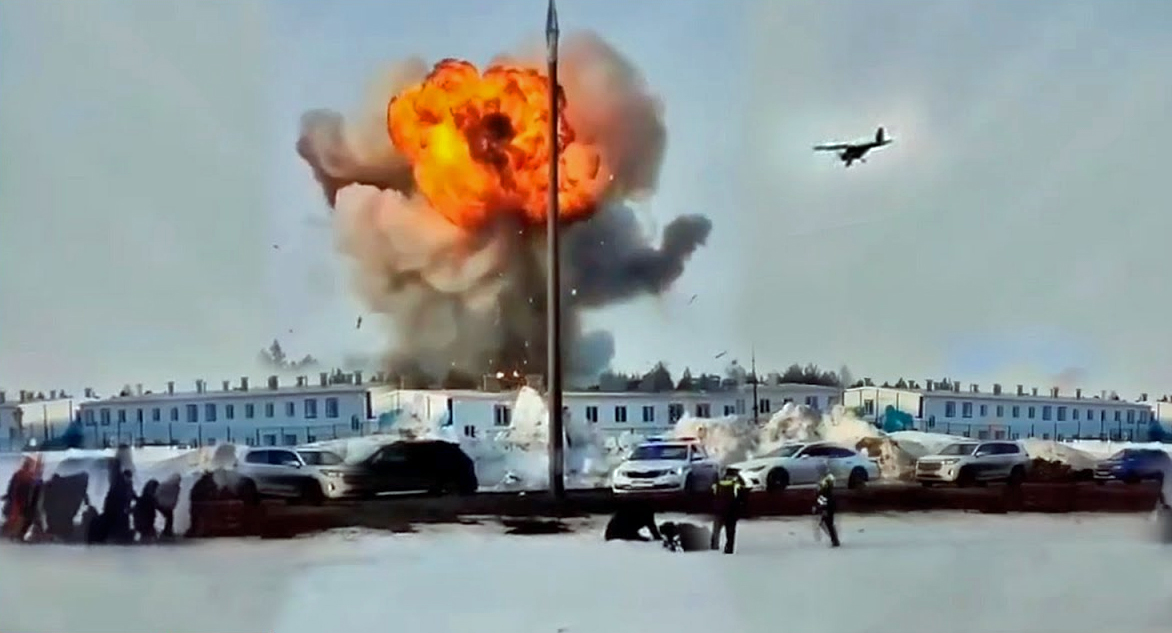Arms imports into Europe almost doubled in 2022, driven by massive shipments to Ukraine, which has become the world's third-largest destination, researchers said Monday.
With a 93 percent jump compared to the year before, imports have also increased due to accelerating military spending by European states including Poland and Norway, said the report by the Stockholm International Peace Research Institute (SIPRI).
JOIN US ON TELEGRAM
Follow our coverage of the war on the @Kyivpost_official.
And the rate of imports is expected to accelerate further, it said.
"The invasion has really caused a significant surge in demand for arms in Europe, which will have further effect and most likely will lead to increased arms imports by European states," Pieter Wezeman, a senior researcher at SIPRI, told AFP.
Excluding Ukraine, European imports have nevertheless already risen 35 percent in 2022, according to SIPRI data.
Ukraine was until last year a negligible importer of arms.
But in 2022 it very quickly became the third-largest arms destination in the world, behind Qatar and India, as Western nations delivered arms following Russia's invasion.
Ukraine alone accounted for 31 percent of arms transfers to Europe and eight percent of world deliveries overall, according to SIPRI's data.
Ukraine's imports, including donations, grew more than 60-fold last year, the institute found.
The deliveries to Ukraine were mainly weapons lifted from stockpiles.
Among them were some 230 artillery pieces from the US; 280 Polish armoured vehicles; and more than 7,000 British anti-tank missiles, as well as more newly produced pieces such as anti-aircraft systems, SIPRI said.

Australia Сontacts Russia Over Man Captured Fighting in Ukraine
- 'Whole spectrum' -
In its rankings of the global arms trade, the institute uses its own units of value, rather than dollars or euros.
Although it is difficult to put a dollar-value as many contracts are opaque, the global arms trade totals above $100 billion a year, and SIPRI said last year that total military expenditures had exceeded $2 trillion for the first time.
Estimated military expenditures for 2022 by SIPRI will be released in April.
The surge in imports to Ukraine accelerated an already rising trend, as European states had already begun re-arming in the light of rising tension with Moscow following its 2014 annexation of Crimea.
European states have either "already ordered or are planning to" weapons ranging from "submarines to combat aircraft, from drones to anti-tank missiles, from rifles to radars", Wezeman said.
"Everything is being looked at, because the idea is to strengthen military capacity through the whole spectrum of available military technology."
The EU, which is currently fine-tuning a plan to supply Ukraine with millions of shells, is also working to increase production locally in Europe.
EU Commissioner Thierry Breton, announced on French radio on Monday a project involving 15 producers in 11 member states.
SIPRI prefers analysing trends over half-decades as a few contracts can tilt yearly figures.
Over the last five years (2018-2022), European imports have increased by 47 percent compared to the previous five years, while world transfers have declined by five percent, it said.
- Imports dropping elsewhere -
Unlike Europe, all other continents have seen a decline in imports over the last five years.
There was a marked drop in Africa (-40 percent) and in North and South America (-20 percent), and declines as well in Asia (-7 percent) and the Middle East (-9 percent).
In another major shift, the Middle East became the leading destination for arms exports over the past year, accounting for 32 percent of the world total.
It jumped ahead of Asia-Oceania, which was in first place for years but fell to second in 2022, with 30 percent of the total and with Europe closing in with 27 percent.
China is continuing to spend heavily on its military but is increasingly producing its weapons locally, having previously imported heavily from Russia, which leads to reduced exports to Asia, SIPRI said.
The main destinations for arms transfers were Qatar (10 percent of the world total), India (9 percent) and Ukraine (8 percent), followed by Saudi Arabia and the United Arab Emirates (7 percent each) and Pakistan (5 percent).
The world's top five exporters over the past five years remained the United States (40 percent); Russia (16 percent); France (11 percent); China (5 percent); and Germany (4 percent).
But while the US has seen a lift in exports, "Russian arms exports are clearly declining," Wezeman said, while noting that there were discussions on China becoming a supplier to Russia.
You can also highlight the text and press Ctrl + Enter






